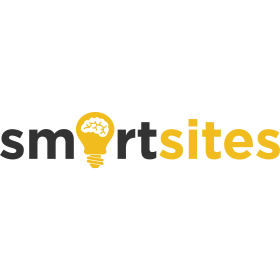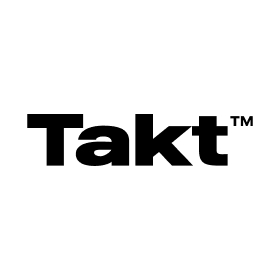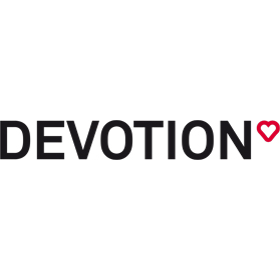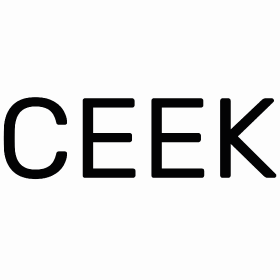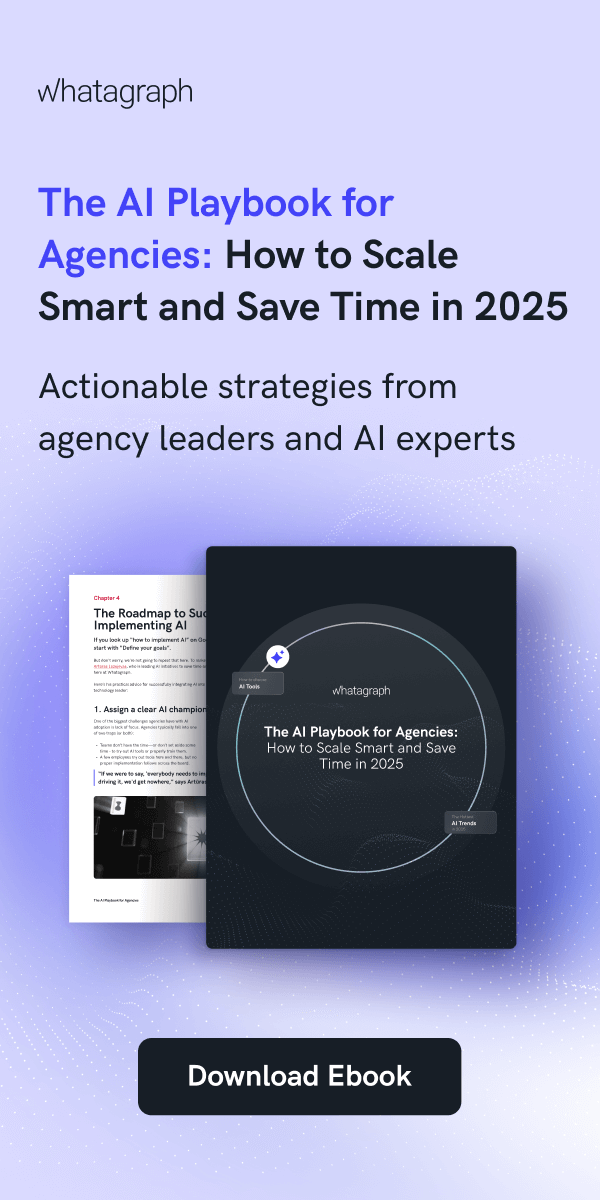
Annual Business Planning Checklist for Digital Agencies
Planning for success shouldn’t feel like guesswork. A solid annual business plan keeps your digital agency focused, efficient, and ready to seize new opportunities.
From evaluating the past year to setting actionable goals, this guide has you covered. Are you ready to create a roadmap that sets your business up for growth and success in the year ahead?
What’s Inside
-
- What is Annual Planning and Why is It Important?
- Annual Planning Checklist for Digital Agency Growth
- Review the Current Year
- Revisit Mission and Vision Statements
- Create Contingency Plans
- Set Goals for the New Year (SMART Objectives)
- Update Operation Processes
- Integrate AI, Automation & Related Tools
- Develop a Financial Plan
- Update Client Retention Plans
- Invest in Team Development
- Focus on Sustainability and Ethical Practices
What is Annual Planning and Why is It Important?
Annual planning, in the simplest terms, is the process of identifying goals, strategies, and priorities for the upcoming year to guide an organization’s growth.
For digital agencies, it involves reviewing the past year’s performance, exploring market trends, forecasting resource allocation, and integrating technology to achieve company goals. In other words, annual planning acts as a roadmap that keeps the agency focused and prepared to navigate opportunities and challenges throughout the entire year.
Let’s get more specific about how it works:
Why is annual planning such important for digital agencies?
✅ Annual planning clarifies where the agency is headed & what priorities drive that growth.
✅ It helps agencies allocate budgets, time, and human resources efficiently.
✅ It clarifies identifies where the biggest growth opportunities lie.
✅ It maintains momentum and ensures everyone stays on track.
✅ It minimizes the impact of risks, from budget shortfalls to sudden shifts in client demands.
Now that you have a solid understanding of annual planning, it’s time to explore the checklist to put it into action.
Annual Planning Checklist for Digital Agency Growth
The digital agency landscape has seen remarkable growth; so much so that the number of agencies just in the U.S. and Canada increased by 54% between 2018 and 2023 (that’s big!) While this boom signals exciting opportunities, it also brings new challenges.
The industry remains attractive due to its profitability and potential with the rise of new tech and AI. However, in that rapid world, many digital agencies struggle with developing best practices that can drive consistent growth.
This is where a well-crafted annual planning checklist becomes essential. As stated before, it’s not just about ticking off tasks—it’s about creating a structured approach that ensures no critical element is overlooked.
So, how can your agency stay on track and thrive in 2025? Let’s take a look at the ultimate business planning checklist.

Review the Current Year
Begin by evaluating your agency’s performance over the past year.
No doubt, checking out the current year’s performance is the first step in the annual planning process for any organization. This reflection allows you to assess the achievements and shortcomings, providing a foundation for informed decision-making. As highlighted by Adobe Business:
When a new year arrives, many people make plans and resolutions for the coming 12 months. They look back at the previous year and consider what worked for them and what they want to improve. Then they plan what goals they want to achieve, from getting out of debt to losing weight to learning a new language. Similarly, a company or organization will use an annual business plan to tighten its belt, improve performance, and reach specific goals over the coming year.
Start by assessing how your annual business plan measured up. Look at your key performance indicators (KPIs) to see if they hit the mark. Did your measurable goals translate into actual growth, or were there areas that underperformed?
Next, take a good look at your financial plan. How did your revenue stack up against projections? Identify any cost control wins or losses, and consider where expenses could be trimmed for the upcoming year.
Don’t forget your team. Evaluate team performance and productivity to spot opportunities for improvement. A little feedback can go a long way toward sharpening your processes.
Lastly, reflect on the past year’s major wins and misses. Use those lessons to shape a clear direction for the next phase of your business. After all, the best way to plan for the future is to learn from the past.
Revisit Mission and Vision Statements
As a part of the process of creating annual planning, revisiting your agency’s mission and vision statements isn’t a formality.
As the marketing industry shifts and client expectations evolve, what once felt like a clear direction might start to feel outdated. That’s why it’s important to reflect on these statements to ensure they still align with where your agency is headed. As noted by Naylor:
Your mission and vision statements should reflect who you are today and where you aim to be tomorrow. If they don’t, it’s time for an update.
At that point, we would like to remind you that these statements actively guide decision-making, inspire your team, and help attract clients who align with your agency’s values.
Create Contingency Plans
Preparing for worst-case scenarios is a good call but ensuring your agency can stay resilient and adaptable, no matter what challenges come your way is better.
We do not try to scare you, of course, however, in the world of digital marketing, disruptions can happen unexpectedly. Whether it’s a data breach, a system outage, or even a PR crisis, having a well-thought-out contingency plan can be a lifesaver.
In the most basic terms, contingency planning is about identifying potential risks—like we mentioned before—and creating actionable strategies to respond effectively if they occur.
Including contingency plans in your annual strategy ensures you’re not just planning for success but also preparing for potential setbacks.
Need more detailed info? Here is a quick video on how to create one:
Set Goals for the New Year (SMART Objectives)
A new year brings fresh opportunities, and it’s the perfect time to define your annual business plan. Start with your business SMART (Specific, Measurable, Attainable, Relevant, Time-Bound) objectives. What do you want to accomplish in the next 12 months?
Break these down into specific goals that are realistic and measurable to keep your team focused. While you’re crafting your goals, consider seeking input from a professional, results-oriented digital agency to advise strategy during your annual business planning. Experts can provide tailored insights to help you align your objectives with the latest market opportunities.
It’s also a great time to look at the big picture. Consider your growth strategy—whether it’s expanding your services, tapping into new markets, or refining your niche. Use tools like SWOT analysis to identify opportunities and challenges, so you can align your plans accordingly.
Don’t forget to set key milestones to track progress along the way. These checkpoints will ensure you’re heading in the right direction and give your team something to rally around.
Finally, factor in flexibility. The upcoming year will have its share of surprises, so build in room to adjust your plan without losing momentum. A dynamic plan keeps your business moving forward.
Update Operation Processes
As you move into the new year, it’s time to take a hard look at your operations. Start by evaluating your current business processes. Are your workflows efficient, or do they feel like a game of hot potato? Streamlining now saves time and headaches later.
Review the tools and platforms your team uses daily. Is your project management software pulling its weight? Consider upgrading or adopting new technologies to enhance productivity and meet your business objectives. A smarter toolset can make all the difference.
Next, assess your resource allocation. Are you putting time and energy into what truly matters? Adjust priorities to ensure every effort contributes to your key performance indicators.
Finally, revisit your team leaders and their roles. Do they have the support they need to drive success? Clear communication and streamlined roles are essential for a successful annual plan. Fine-tuning these processes now sets the stage for smoother operations all year long.
Integrate AI, Automation & Related Tools
Not a solely tech update—integrating these marketing tools is a part of annual planning and one of the most important steps for staying competitive in the digital space.
In addition to boosting efficiency, AI and automation tools free up your team to focus on creative, strategic tasks. Best part? AI enhances the quality of your work.
And let’s not forget about growth. Automation enables digital marketing agencies to scale without the growing pains of optimizing teams or processes. By thinking about this in advance, you can build smarter working systems, supporting your agency as it generates more leads (clients or projects.)
So, including AI in your annual plan ensures that you’re setting aside the resources—whether that’s budget, training, or tool adoption—to refine and improve your campaigns consistently.
Develop a Financial Plan
No annual business plan is complete without a rock-solid approach to finances. Start by creating a detailed budgeting plan that outlines spending for marketing, tools, salaries, and any potential surprises. Make sure to include a buffer for unexpected costs because, let’s face it, surprises happen.
Review your financial projections to ensure they align with your business objectives. How much revenue are you aiming for, and what are your revenue targets? Use these benchmarks to guide spending decisions and keep your finances on track.
Don’t skip over cash flow management. Ensure you have enough reserves to cover slower seasons, and plan investments that support growth, like hiring new talent or upgrading equipment. Balance long-term goals with short-term needs for a steady financial ship.
While developing a financial plan, it is also important to base your revenue projections on historical data and industry trends. For instance, global digital ad spending is expected to increase by 10.1% in 2025, reaching over $765 billion. Knowing that can make your plan more precise.
Lastly, keep an eye on cost control. Identify areas to reduce unnecessary expenses without sacrificing quality. Strong financial planning provides the foundation for an effective annual plan and long-term success.
Update Client Retention Plans
A strong annual business plan includes strategies for both attracting new clients and keeping the ones you have.

Start by developing a focused marketing strategy. This could involve refining your online presence, boosting content efforts, or targeting specific market trends that align with your services.
For client acquisition, consider actionable approaches like enhancing product development or leveraging key performance indicators to fine-tune campaigns. Create engaging marketing materials that speak to your audience’s needs and highlight your growth strategy.
At that point, it is essential to gather industry insights from reliable sources. For example, by 2028, digital advertising is expected to comprise 73% of total ad revenue. These insights can help you concentrate on channels such as social media, SEO, and content marketing.
On the retention side, focus on building loyalty. Personalized touchpoints—such as exclusive offers or regular check-ins—can strengthen relationships. Analyze feedback from existing clients to identify ways to improve services and reinforce trust.
Lastly, plan for collaboration. Explore strategic partnerships that complement your business and open new opportunities. By blending strong marketing with thoughtful customer retention efforts, your business can not only grow but thrive in the upcoming year.
Invest in Team Development
No annual plan is complete without investing in your team—they’re the backbone of your business. Start by identifying gaps in your workforce. Are there new roles you need to fill to meet business objectives? Plan your resource allocation to prioritize talent acquisition where it’s needed most.
Beyond hiring, focus on your current team’s growth. Offer training opportunities that sharpen skills and align with your growth strategy. Whether it’s technical workshops or leadership development programs, investing in team leaders and staff boosts productivity and morale.
Engagement matters too. Foster open communication and set clear objectives to ensure everyone is aligned and motivated. Regular check-ins and performance reviews can help track progress toward key milestones.
Lastly, build a culture that retains talent. Recognize achievements, celebrate wins, and provide a supportive environment. A well-developed team isn’t just a workplace—it’s a competitive advantage that sets you on the right direction for the year ahead.
Focus on Sustainability and Ethical Practices
It’s widely known that consumers today are more conscious than ever about the environmental and ethical impact of the brands they connected with.
In fact, 85% of consumers are willing to shift their buying habits to help make the world a better place. This means that brands—and by extension, the agencies that support them—need to take sustainability and ethical practises.
So, embedding these values into your annual strategy is a good call since it shows you are aligned with what modern consumers expect. Similarly, brands are more likely to team up with marketing partners that prioritize responsible business.
However, it is not just about public image or getting new clients; focusing on sustainability can also help attract and retain talent. It’s not surprising that people want to work for organizations that have a culture around ethical practices.
So, annual planning gives your agency the clarity, direction, and resilience needed to navigate challenges and seize new opportunities. It ensures you’re not just reacting to marketing & tech trends but shaping your growth.
Take the time to plan with purpose, set clear goals, and prepare for the unexpected. Because when your agency knows where it’s headed, it’s not just ready for the year ahead—it’s ready to lead.

